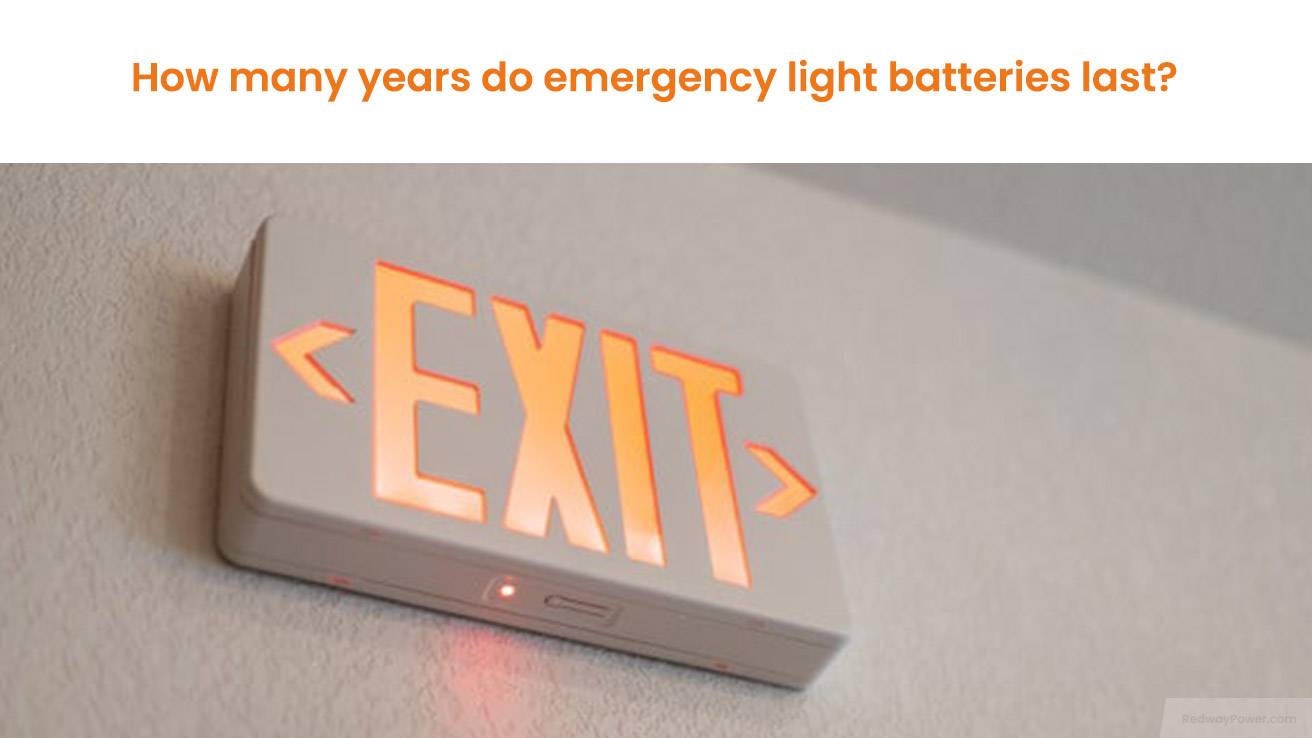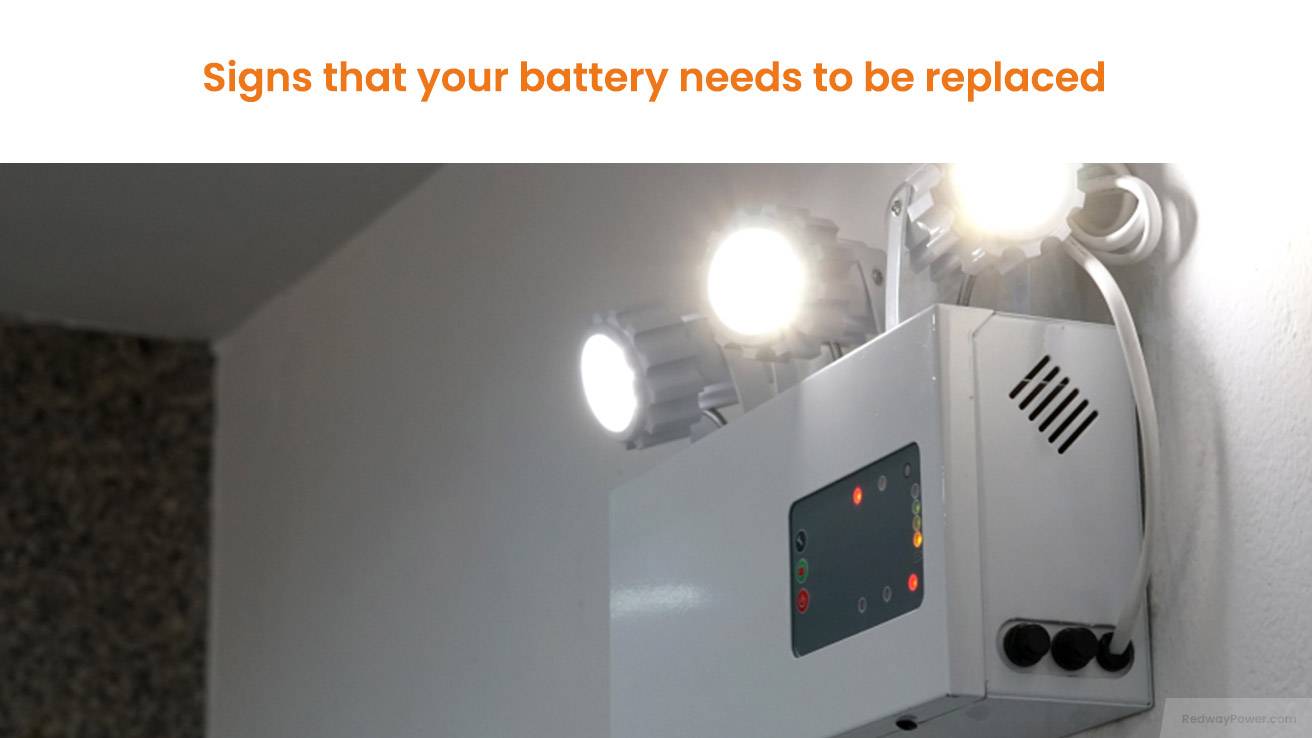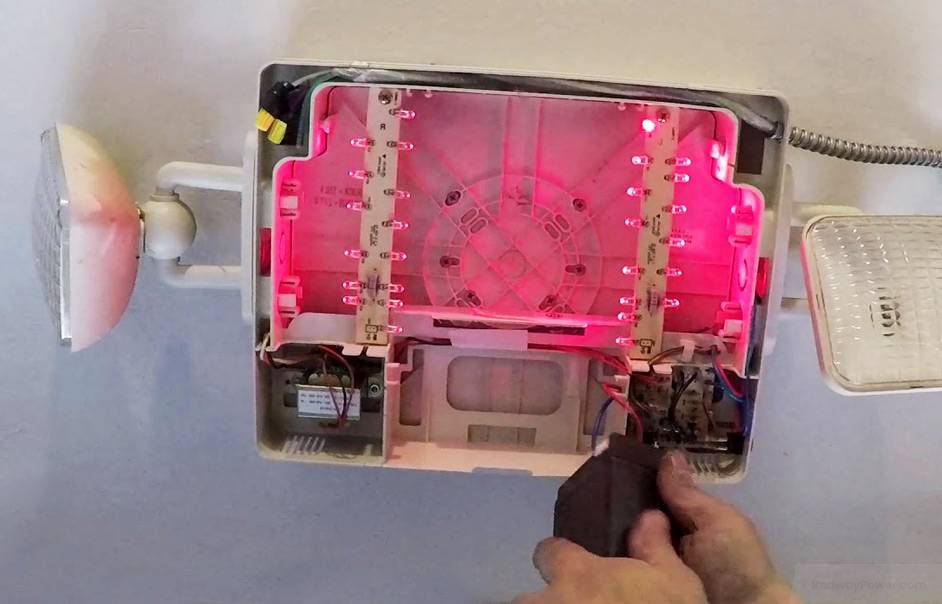- Forklift Lithium Battery
-
48V
- 48V 210Ah
- 48V 300Ah
- 48V 420Ah (949 x 349 x 569 mm)
- 48V 420Ah (950 x 421 x 450 mm)
- 48V 456Ah
- 48V 460Ah (830 x 630 x 590 mm)
- 48V 460Ah (950 x 421 x 450 mm)
- 48V 460Ah (800 x 630 x 600 mm)
- 48V 460Ah (820 x 660 x 470 mm)
- 48V 500Ah
- 48V 560Ah (810 x 630 x 600 mm)
- 48V 560Ah (950 x 592 x 450 mm)
- 48V 600Ah
- 48V 630Ah
-
48V
- Lithium Golf Cart Battery
- 12V Lithium Battery
12V 150Ah Lithium RV Battery
Bluetooth App | BCI Group 31
LiFePO4 Lithium
Discharge Temperature -20°C ~ 65°C
Fast Charger 14.6V 50A
Solar MPPT Charging - 24V Lithium Battery
- 36V Lithium Battery
- 48V Lithium Battery
-
48V LiFePO4 Battery
- 48V 50Ah
- 48V 50Ah (for Golf Carts)
- 48V 60Ah (8D)
- 48V 100Ah (8D)
- 48V 100Ah
- 48V 100Ah (Discharge 100A for Golf Carts)
- 48V 100Ah (Discharge 150A for Golf Carts)
- 48V 100Ah (Discharge 200A for Golf Carts)
- 48V 150Ah (for Golf Carts)
- 48V 160Ah (Discharge 100A for Golf Carts)
- 48V 160Ah (Discharge 160A for Golf Carts)
-
48V LiFePO4 Battery
- 60V Lithium Battery
-
60V LiFePO4 Battery
- 60V 20Ah
- 60V 30Ah
- 60V 50Ah
- 60V 50Ah (Small Size / Side Terminal)
- 60V 100Ah (for Electric Motocycle, Electric Scooter, LSV, AGV)
- 60V 100Ah (for Forklift, AGV, Electric Scooter, Sweeper)
- 60V 150Ah (E-Motocycle / E-Scooter / E-Tricycle / Tour LSV)
- 60V 200Ah (for Forklift, AGV, Electric Scooter, Sweeper)
-
60V LiFePO4 Battery
- 72V~96V Lithium Battery
- Rack-mounted Lithium Battery
- E-Bike Battery
- All-in-One Home-ESS
- Wall-mount Battery ESS
-
Home-ESS Lithium Battery PowerWall
- 24V 100Ah 2.4kWh PW24100-S PowerWall
- 48V 50Ah 2.4kWh PW4850-S PowerWall
- 48V 50Ah 2.56kWh PW5150-S PowerWall
- 48V 100Ah 5.12kWh PW51100-F PowerWall (IP65)
- 48V 100Ah 5.12kWh PW51100-S PowerWall
- 48V 100Ah 5.12kWh PW51100-H PowerWall
- 48V 200Ah 10kWh PW51200-H PowerWall
- 48V 300Ah 15kWh PW51300-H PowerWall
PowerWall 51.2V 100Ah LiFePO4 Lithium Battery
Highly popular in Asia and Eastern Europe.
CE Certification | Home-ESS -
Home-ESS Lithium Battery PowerWall
- Portable Power Stations
How Many Years Do Emergency Light Batteries Last?

Emergency light batteries typically last between 2 to 4 years, depending on the type of battery and usage conditions. Regular maintenance and testing are essential to ensure that these batteries function correctly during power outages, providing reliable illumination when needed most.
What Is the Typical Lifespan of Emergency Light Batteries?
The lifespan of emergency light batteries varies based on several factors, including battery type and environmental conditions:
- Nickel-Cadmium (NiCd): Generally lasts about 3 to 5 years.
- Nickel-Metal Hydride (NiMH): Typically has a lifespan of 4 to 6 years.
- Sealed Lead Acid (SLA): Usually lasts around 3 to 5 years.
- Lithium-Ion: Emerging as a preferred option, these can last up to 10 years with proper care.
| Battery Type | Expected Lifespan |
|---|---|
| Nickel-Cadmium (NiCd) | 3 – 5 years |
| Nickel-Metal Hydride (NiMH) | 4 – 6 years |
| Sealed Lead Acid (SLA) | 3 – 5 years |
| Lithium-Ion | Up to 10 years |
How Do Different Battery Types Affect Lifespan?
Different battery chemistries influence longevity due to their inherent characteristics:
- NiCd batteries are robust but suffer from memory effect, which can shorten their lifespan if not fully discharged regularly.
- NiMH batteries generally offer better capacity and less memory effect, leading to longer life.
- SLA batteries are cost-effective but heavier and less efficient, often requiring more frequent replacements.
- Lithium-Ion batteries provide higher energy density and longer cycle life, making them increasingly popular in modern emergency lighting solutions.
What Maintenance Is Required for Emergency Light Batteries?
Regular maintenance is crucial for ensuring that emergency light batteries remain functional:
- Monthly Testing: Conduct a test to ensure that the lights illuminate properly when activated.
- Annual Inspections: Check for physical damage or corrosion on terminals.
- Battery Replacement: Follow manufacturer recommendations for replacement intervals, typically every 2 to 4 years depending on battery type.
When Should You Replace Emergency Light Batteries?
Batteries should be replaced when:
- They fail readiness tests, such as not illuminating during a power outage.
- They show physical signs of damage or swelling.
- They reach the end of their expected lifespan based on type and usage.
What Factors Influence the Lifespan of Emergency Light Batteries?
Several factors can affect how long emergency light batteries last:
- Temperature: Extreme heat or cold can negatively impact battery performance and longevity.
- Usage Patterns: Frequent discharges can shorten battery life; maintaining a charge between recommended levels helps prolong it.
- Quality of Components: Higher-quality batteries typically have longer lifespans due to better manufacturing standards.
Why Is Regular Testing Important for Emergency Lights?
Regular testing is essential for ensuring reliability:
- Compliance with Safety Regulations: Many building codes require regular testing to ensure emergency lights function correctly during outages.
- Early Detection of Issues: Routine checks can identify failing batteries before they become a safety hazard.
- Peace of Mind: Knowing that your emergency lighting is operational provides reassurance in case of emergencies.
What Are the Signs That an Emergency Light Battery Needs Replacement?
Signs that indicate a need for battery replacement include:
- Dim or Flickering Lights: This may signal a failing battery that cannot hold a charge.
- Failure to Illuminate During Tests: If lights do not activate during monthly tests, immediate replacement is necessary.
- Physical Damage: Any signs of swelling or leakage from the battery casing should prompt replacement.
What Replacement Options Are Available for Lithium-Ion Batteries?
For those looking for alternatives or replacements, consider:
- Nickel-Metal Hydride (NiMH): Offers decent performance but generally has lower energy density than lithium-ion.
- Lead-Acid Batteries: More affordable but heavier and less efficient compared to lithium-ion options.
- Solid-State Batteries: Emerging technology with potential advantages in safety and energy density.
Redway Power has great solutions for enhancing performance with high-quality lithium-ion batteries tailored to specific needs.
Tips for Battery Wholesale Buyers
When sourcing batteries wholesale, consider these key points:
- Quality Assurance: Ensure manufacturers adhere to strict quality standards.
- Experience: Choose manufacturers with proven expertise in lithium battery production.
- OEM Capabilities: Look for manufacturers like Redway Power, known for their OEM services, ensuring they can meet specific design requirements.
To place an OEM order with a reliable manufacturer like Redway Power, follow these steps:
- Define your specifications clearly.
- Contact the manufacturer to discuss your needs.
- Review samples or prototypes before finalizing your order.
Redway Power Expert Views
“Emergency light batteries are critical components that require regular maintenance and timely replacements,” states an expert from Redway Power. “Investing in high-quality batteries ensures reliability and compliance with safety regulations.”
FAQ Section
- How long do emergency light batteries typically last?
Most emergency light batteries last between 2 to 4 years, depending on the type and usage conditions. - What factors affect the lifespan of these batteries?
Temperature, usage patterns, and quality of components significantly influence battery longevity. - When should I replace my emergency light battery?
Replace it if it fails readiness tests, shows physical damage, or reaches its expected lifespan.
















